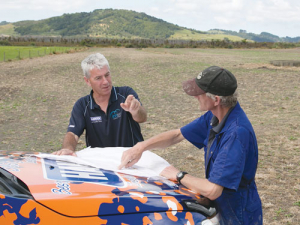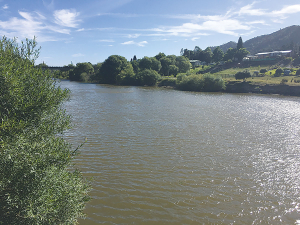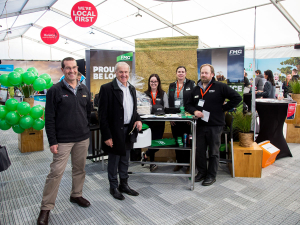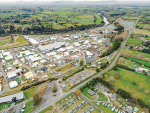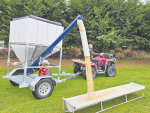It requires getting expert advice on what will work, how it will deal with future expansion and how it will withstand a hard life – often determined by topography, climate and livestock.
Every farm is different but all have one thing in common: the need for a reliable source of clean water to keep livestock healthy and productive.
In designing a new system or upgrading an existing one, it is important to understand that one size doesn’t fit all. Many factors need to be considered to ensure the design is a success.
The best starting point for any project is an accurate scale map of the farm, with existing fence lines, proposed new fence lines, roadways, races and possible trough placements in individual paddocks.
There is also a need to understand current stocking rates and, of course, any proposed increases likely in future. This last point is often overlooked and can lead to a poorly performing system; that is the risk of being unable to keep up with the increase in demand.
Another point is the way stock will be grazed. All in one paddock at a time - meaning water only needs to be delivered to one location; or the more likely scenario of multiple groups of different animal types, spread throughout a property and requiring a much more extensive system.
The type of stock will determine water needs. For instance, 500 dairy cows will need more water than 500 sheep. It’s likely a mixed farm will need to cope with the higher demand.
A good water system designer will take care to understand the topography of the farm and any elevation changes within the system area. Troughs may be higher or lower than the supply. Understanding these parameters will help determine pipe sizing, flow rates and pipe pressure ratings – plus whether a pump or gravity is used for a feed.
And distance will need to be considered. A detailed map will lead the designer to consider pipe diameter to cope with friction losses over the length of the delivery pipework.
Once these key operational needs have been understood a choice of system can be made. This might be a ring main layout – where water passes around a circuit and is delivered to a trough from either direction, and normally results in lower supply pressures, often through smaller diameter pipes.
Alternatives might include a branch main – where one pipe runs the length of the property and branch lines are teed off to feed the troughs. The once common rising main layout sees water pumped to an elevated holding tank from the lowest point; once full the flow returns down the same pipe via gravity to feed the troughs, before being replenished by a pump run on a timer throughout the day.
Rural News acknowledges the help of Nigel Henigan, water systems specialist, Hansen Products, in researching this article.

